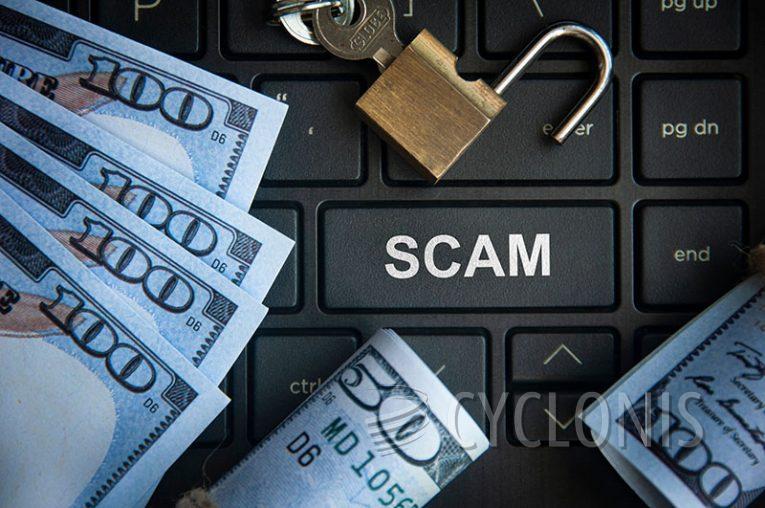'PayPal - Unauthorized Transaction' Email Scam

After reviewing the email in question, it is evident that it constitutes a fraudulent message, with sender impersonating PayPal. The primary purpose of this email is to deceive recipients into disclosing sensitive information and potentially initiating financial transfers. As a result, recipients are strongly advised to disregard this email.
This deceptive email, masquerading as PayPal, focuses on an alleged unauthorized transaction. The scammers provide a contact phone number and request the recipient to call it to cancel an order, indicating a charge of $699.88. The email includes details like an order ID and transaction ID for an iPhone 13 Pro in Sierra Blue, among other particulars.
It's important to emphasize that this email exemplifies a classic phishing attempt, where the scammers aim to dupe recipients into revealing personal and financial information or reaching out through the provided phone numbers, all with the ultimate goal of committing fraud or absconding with funds. Legitimate organizations, such as PayPal, typically do not request customers to directly call phone numbers provided in unsolicited emails.
The perpetrators behind fraudulent emails like this one typically seek to coax recipients into divulging sensitive personal data, including login credentials, credit card information, social security numbers, or other confidential details. Additionally, they may attempt to mislead recipients into conducting financial transactions, often under the guise of a legitimate payment or purchase.
How Should You Act if You Suspect an Email is a Scam?
If you suspect that an email is a scam, it's crucial to take the following steps to protect yourself and your personal information:
Do Not Click on Links or Download Attachments:
Avoid clicking on any links or downloading attachments in the suspicious email. These can lead to malicious websites or install malware on your device.
Do Not Reply or Provide Information:
Do not respond to the email or provide any personal or financial information, including passwords, credit card details, or Social Security numbers.
Verify the Sender:
Check the sender's email address and verify if it matches the official contact information of the organization they claim to represent. Be cautious if the email comes from an unofficial or free email service.
Look for Spelling and Grammar Errors:
Scam emails often contain spelling and grammar mistakes. If the email is poorly written, it's a red flag.
Check the Message for Urgency or Threats:
Be skeptical of emails that create a sense of urgency or use threats to manipulate your actions. Scammers often use fear to get a response.
Examine the URL of Links:
Hover your mouse over any links (without clicking) to see where they lead. Ensure that the URL is legitimate and related to the organization it claims to be from.
Verify the Contact Through Official Channels:
If the email appears to be from a legitimate organization, contact that organization through official channels to verify the email's authenticity. Do not use contact details provided in the suspicious email.
Use Trusted Security Software:
Ensure that your computer has reliable antivirus and anti-malware software installed. These tools can help identify and block malicious content.








